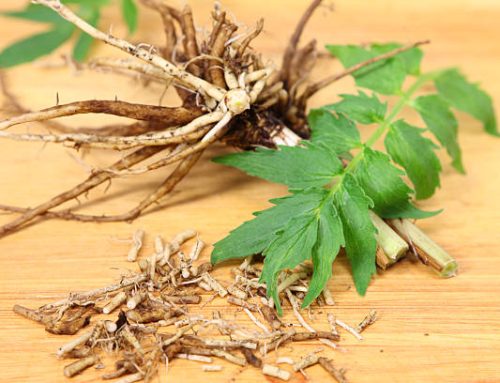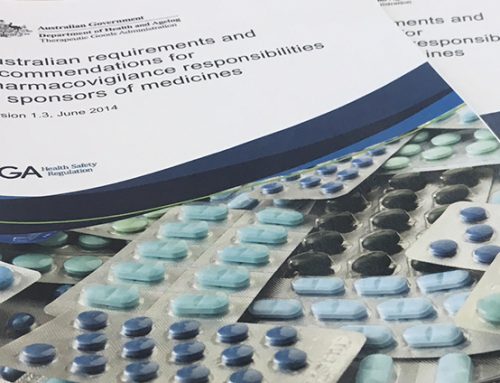The Macquarie Dictionary defines adulterate as: ‘to debase by adding inferior materials or elements; make impure by admixture; use cheaper, inferior, or less desirable goods in the production or marketing of (any professedly genuine article).’
The following listed medicine ingredients, are or will be the initial focus of the TGA laboratory testing programs for listed medicines, due to the risk these ingredients have for adulteration or contamination issues:
– Turmeric (Curcuma longa),
– Black Cohosh (Actaea racemosa),
– and Green lipped mussel (Perna canaliculusa).
Turmeric (Curcuma longa)
Turmeric has come under review due to it being a frequently adulterated herbal medicine globally. The American Botanical Council released a bulletin in May 2018 reporting that Turmeric may be at risk of adulteration with substances such as;
- starches,
- chalk powder,
- cassava, and synthetic dyes,
- synthetic curcumin
- and other Curcuma species including Curcuma zedoaria.
More concerning is the possible adulteration with potentially toxic chemical compounds such as the below list of synthetic dyes and contaminants;
- metanil yellow,
- lead chromate,
- acid orange 7,
- Sudan Red G,
- heavy metals, especially lead.
The TGA testing will likely include;
- chromatographic profiling to confirm the presence of Curcuma longa,
- synthetic dyes as listed above,
- and heavy metals, particularly lead.
Lead & other heavy metals
Please be aware that the CMA has advised that the TGA are using the ICH-Q3D1 as a reference standard for heavy metals limits. The Q3D provides for the “Permitted Daily Exposures” for heavy metals, which is the maximum amount of heavy metals that a medicine can deliver per maximum recommended daily dose for oral medicines. The permitted daily exposure for lead is listed as below;
Lead: 5 micrograms per day
Black Cohosh (Actaea racemosa)
Black Cohosh is a popular herbal medicine and it has been noted that common adulterants (both deliberate and accidental) include different plants from the same genus including;
- Actaea cimicifuga (syn: Cimicifuga foetida)
- Actaea dahurica (syn: C. dahurica)
- Actaea heracleifolia (syn: C. heracleifolia)
- Actaea simplex (syn: C. simplex)
- Actaea brachycarpa (syn: C. brachycarpa)
Chromatographic profiling together with identification of the presence or absence of marker compounds may be used to identify cases of herbal adulteration by the TGA Laboratory testing program.
Green lipped mussel (Perna canaliculusa)
Possible testing may include heavy metals, bacteria and shellfish toxins. Currently, Schedule 19 of the Australian New Zealand Food Standards Code applies limits for maximum levels of Amnesic shellfish poisons (20mg/kg), Diarrhetic shellfish poisons (0.2mg/kg), Neurotoxic shellfish poisons (200MU/kg and Paralytic shellfish poisons (0.8mg/kg) in bivalve molluscs. The CMA has suggested that the TGA may use the data from the testing program to establish safe limits for shellfish toxins in Green Lipped Mussel products.








